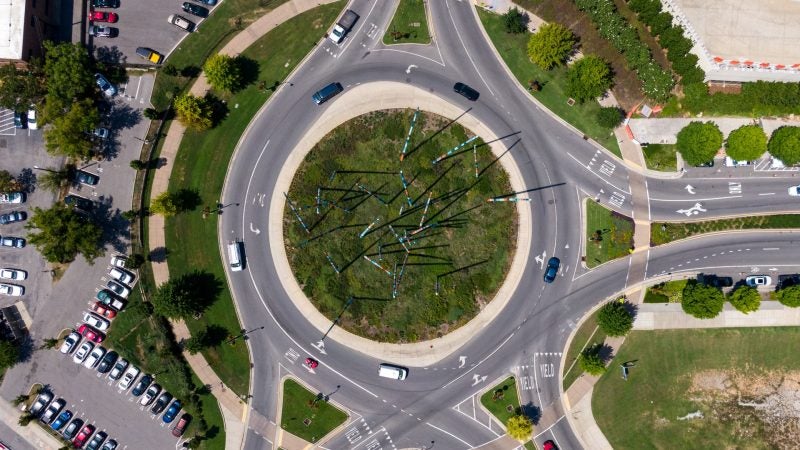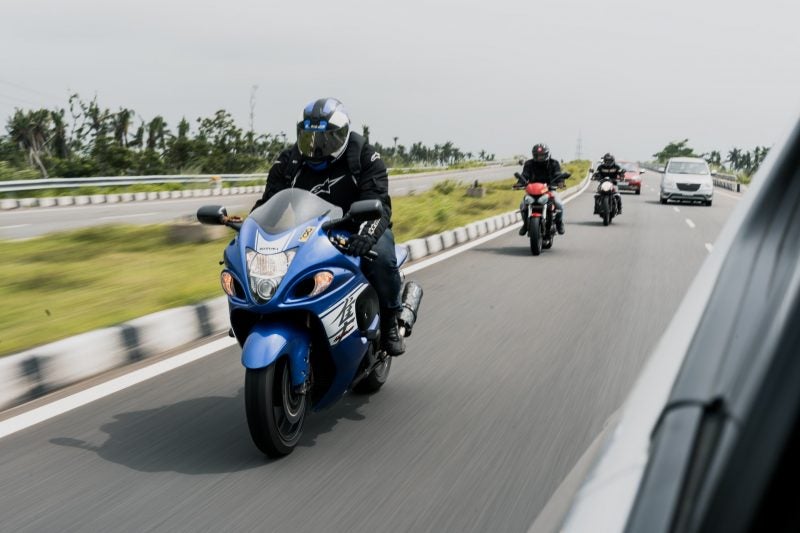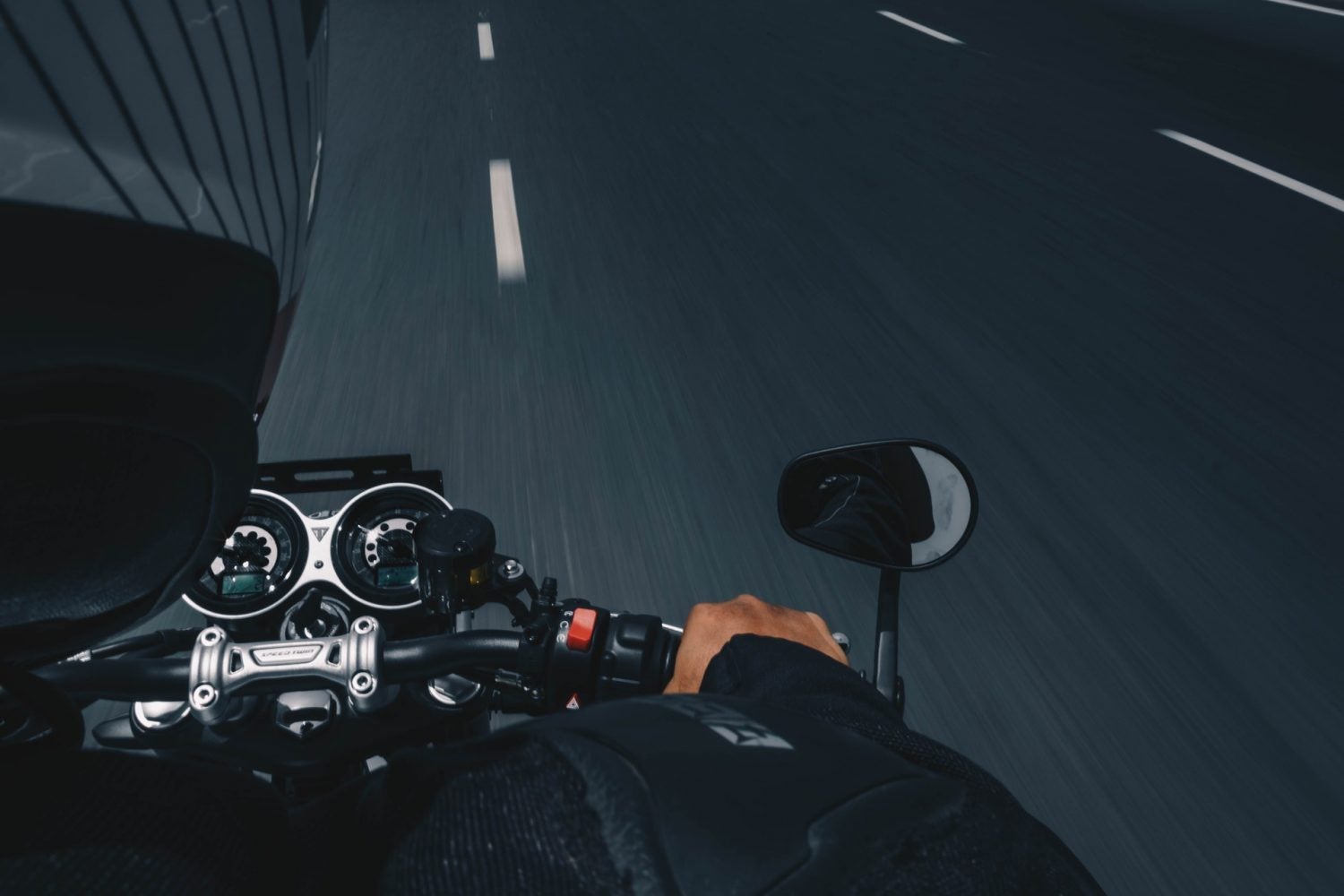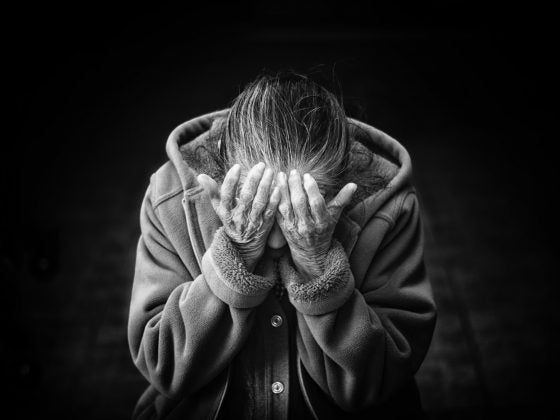Motorcycle riders continue to be overrepresented in fatal traffic crashes, so here are the major hazards you should be aware of when driving on the road with motorcyclists…
Motorcyclists are one of the vulnerable user groups, along with pedal cyclists, horse riders and pedestrians.
In 2019, 5,014 US motorcyclists died in and in the UK, motorcyclists accounted for 19 per cent of road deaths. In 2020, the US saw a 16 per cent decrease in both details and causalities, in line with a 14 per cent fall in traffic volumes from the previous year.
However, recent trends in road causalities are skewed because of the COVID-19 pandemic, and motorcycle injury claims are likely to rise in 2021 alongside an increase in traffic and road re-openings.
In this article, we’ll discuss five common road hazards for motorcyclists and what motorcyclists and car drivers must do to protect themselves and others on the roads.
What Are the Most Common Road Hazards for Motorcyclists?
There are several common causes of accidents involving motorcyclists and car drivers. To make yourself aware, read on…
1. Cars at Junctions
Recent European research reveals that nearly 70% of motorcycle accidents involved a car, lorry, or bus and that approximately 55% of accidents occur at junctions.
What’s more, there were 11,137 motorcycles involved in an accident at a junction in 2019, which made up 64 per cent of all reported incidents. This has been the trend for the last seven years, with the percentage remaining between 64 and 68 per cent.
Due to the greater number of vehicle interactions and changes in vehicle movements at junctions, motorcyclists and cars should take particular care when approaching and pulling out at junctions to decrease the likelihood of an accident.
2. Overtaking Traffic
The second greatest hazard after junctions is the act of overtaking. Similarly to junctions, accidents tend to happen when a motorcycle is overtaking another vehicle and the motorcyclist or other road users fail to look properly.
To avoid causing a collision when overtaking, motorcyclists should carefully prepare the overtake from a safe following distance (roughly using the two-second rule).
Motorcyclists should aim to make themselves fully visible by slowly moving on the offside of the vehicle in front, then when it looks clear, they should pull out onto the other side of the road without accelerating. This way, if it’s not accurate, the cyclist can pull back in.
3. Approaching Roundabouts
Roundabouts pose several hazards that can cause collisions between a motorcyclist and a larger vehicle, but the biggest danger might not be what you’d initially expect.
Interestingly, crashes at roundabouts often aren’t because of the bend or signally off. In fact, the most common cause of collisions between cars and motorcyclists at roundabouts are as a result of piling into the roundabout.
It happens when riders radically underestimate how fast they’re approaching the roundabout and how far it’s going to take to get rid of all the speed. As with cars, awareness about speed and stopping times are key to ensure you’re driving safely.

4. Wet Surfaces
Unfortunately, rain is unavoidable, but it does pose some serious threats to motorcyclists. Water on the road can reduce a cyclist’s traction and cause them to potentially skid and collide.
When it first starts raining after a dry spell, the accumulation of grime, dust, oil, and rubber on the road mixes with the water to form a slick surface that is extremely slippery. Light rain can often be more dangerous than heavy rain due to the initial mixture of residue on the road.
To protect motorcyclists, cars should slowly reduce their speed and leave larger gaps between vehicles. Motorcyclists should avoid metal covers (e.g., manholes) and painted lines as these can both be particularly slippery.
5. Car Doors
This isn’t usually an issue once you’re out on an open road while moving, but in cities, riders must be on the lookout for people opening their car doors.
It might seem like a silly hazard to mention, but often, motorcyclists are not given enough time or space to proceed safely, leaving them no choice but to crash directly into the car door or swerve dangerously onto a busy road.
Cyclists have dealt with this problem for years, and it’s even more dangerous for motorcycle riders who often travel at faster speeds than bicycles.
How Can I Avoid a Collision Between a Motorcycle and a Car?
Though some accidents are inevitable, there are several safety measures you can put in place to help protect yourself and other drivers on the road. Motorcyclists should always:
- Wear a helmet and protective clothing
- Always ride sober
- Don’t speed race
- Slow down at junctions and roundabouts
- Use your safety gears if you need to
- Insure yourself
- Always turn on your lights in dark or cloudy conditions
Car drivers should always:
-
Regularly checking your mirrors and blind spots
- Slowing down slightly when a motorcyclist is overtaking
- Insure yourself
- Always drive sober
- Give motorcyclists extra room
- Use caution when opening doors
- Encourage passengers to alert drivers to the presence of motorcycles

Have You Ever Been Involved in a Car-Motorcycle Accident?
As discussed at the start of this article, motorcyclists are among the most vulnerable of road users and the number of accidents each year is likely to increase due to a growing number of vehicles on the road.
Cars and motorcyclists must continue to learn about road safety awareness in an attempt to reduce the number of fatal causalities.
Let us know if you’ve ever been in a motorcycle or car accident before in the comments below. We’d love to know what other dangers are out there to best advise readers.

















